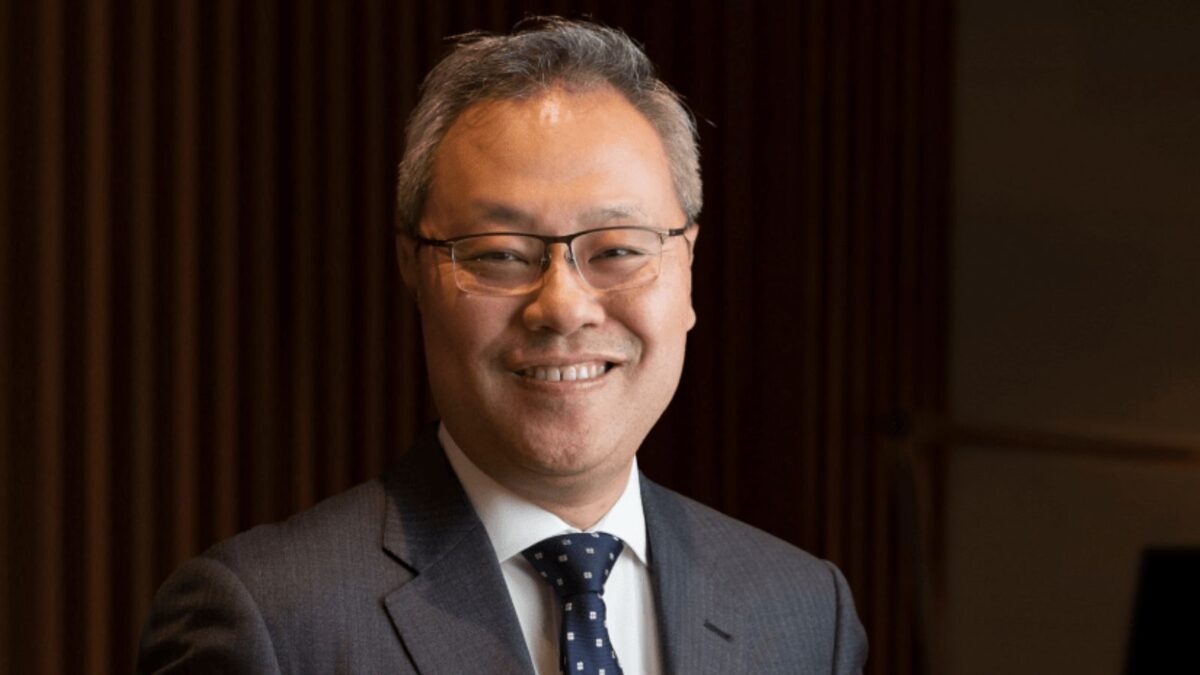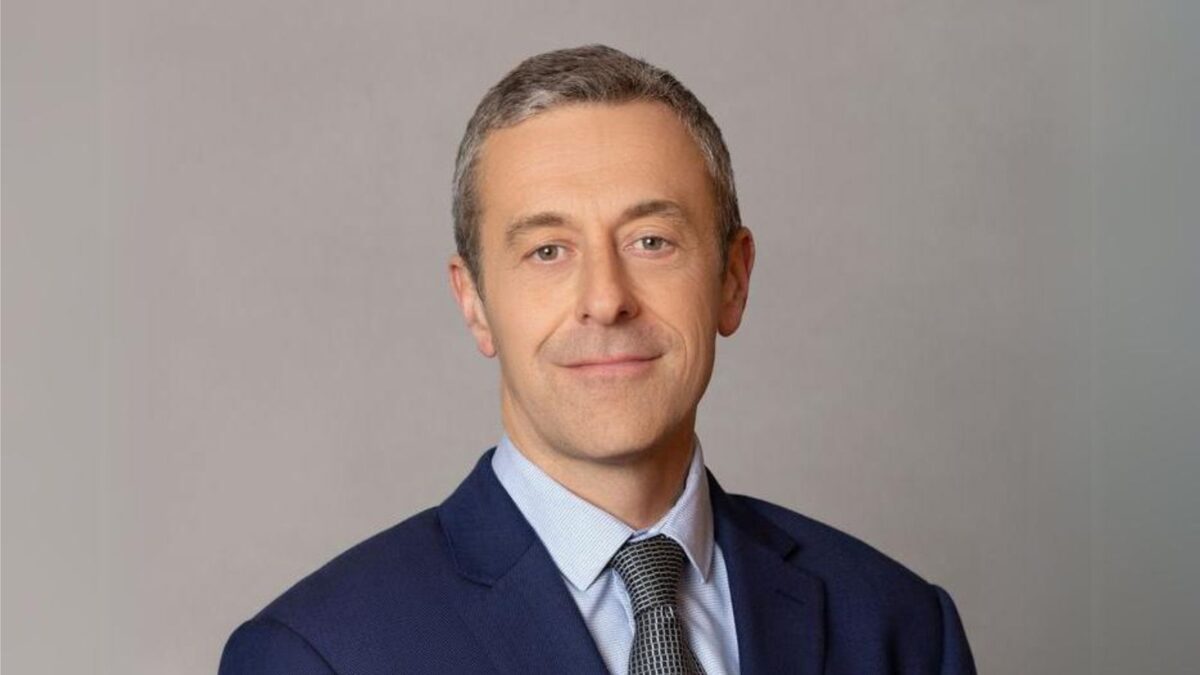Over 30% of global fund managers take pay cut: WTW survey
About one third of the 500 biggest global fund managers cut fees over the 2016 calendar year, according to the latest annual Willis Towers Watson (WTW) funds management industry review.
The WTW study found just 7 per cent of the top 500 global asset managers were able to eke out a ‘moderate’ fee increase during 2016 while 60 per cent held charges steady.
At the same time the WTW survey found marked increases in the number of product offerings, regulatory oversight, big data and technology spends, and sustainable investing across the 500 managers, which collectively represent over US$81 trillion.
In a statement, Luba Nikulina, WTW global head of manager research, said the study: “… highlighted awareness in sustainable investing, with 78% of the firms surveyed acknowledging a growing interest from their clients for these sorts of strategies as they continue to look for ways to add value for clients.”
Just under 30 per cent of managers noted a ‘significant increase’ in sustainable investment interest from their clients, the research shows.
Passively-managed assets continue to gain favour during 2016, increasing almost 6 per cent as active assets dropped 2.3 per cent, the WTW survey also reveals. The analysis, which covers a subset of managers (representing about US$26 trillion) shows over the five years to the end of 2016 the proportion of passive funds in the sample grew from 16.5 per cent to 21.6 per cent.
During the last 10 years the leading passive fund growth-rates have outpaced the top 500 average growth every year, the report says.
“We expect that this trend will continue to put downward pressure on traditional fee structures, particularly amongst active managers seeking to remain competitive and to maximise value to investors,” Nikulina said.
Both mega-funds and the relative small-fry in the 500 list experienced above-average growth in 2016 with the top 20 asset managers increasing market share from 41.9 per cent in 2015 to 42.3 per cent as at last December 31. The top 20 managers put on 6.7 per cent in 2016 compared to the average growth across the 500 list of 5.8 per cent.
“Despite this, the bottom 250 managers experienced a superior growth rate in assets managed, rising by 7.3 per cent over the year,” the WTW release says,
Nikulina said the strong increase in alternative assets over 2016 – up 5.1 per cent – was likely linked to the outsized growth-rates of the bottom 250 managers “suggesting that investors favour smaller investment houses with specialist investment skills”.
Regional differences emerged once again in the WTW study with US-headquartered managers growing the fastest (up 7.7 per cent) to account for US$47.4 trillion – or almost 60 per cent of the total. Europe, including its soon-to-be ex partner UK increased assets under management by 2.8 per cent in the survey.
“However, UK-based firms saw [assets under management] decline for the second consecutive year, falling by 4.5% in 2016 to US$ 6.3 trillion,” the report says.
During the five years to the end of December 2016, China and India-based managers experienced the highest proportional growth, up 46.5 per cent and 18.8 per cent in local dollar terms.
However, in US dollar terms (the currency yardstick in the WTW survey), India-headquartered funds under management grew by just 13.6 per cent.
“The increasing strength of the USD has generally had a dampening affect on the growth rate in assets recorded by asset managers in the survey,” the WTW report says. “This is particularly evident in Australia, Canada, the Eurozone, Japan and emerging markets such as Brazil, India and South Africa.”
Australia, which features 21 managers in the top 500 list, saw asset growth plummet from 9.5 per cent in local currency terms to 2.3 per cent as marked to the US dollar.
At number 52 on the WTW list, Macquarie (with about US$362.5 billion) ranked the highest of the Australian contingent. Other top 500 Australian-based managers popular this side of the Tasman include, at 275, Magellan (US$33.6 billion) and the 374th ranked Platinum (US$17.5 billion).
The US$5.1 trillion giant BlackRock retain its dominant position as the world’s largest fund manager, however, its nearest rival, the passive pioneer Vanguard, closed in on $4 trillion by the end of 2016, rising two spots in the WTW charts.
“… further insight shows the main gainers, by rank, in the top 50 during the past five years include, Dimensional Fund Advisors (+31 [76 to 45]), Affiliated Managers Group (+20 [52 to 32]), Nuveen (+16 [36 to 20]), New York Life Investments (+15 [55 to 40]) and Schroder Investment Management, (+15 [59 to 44]),” the report says.
– David Chaplin, Investment News NZ









